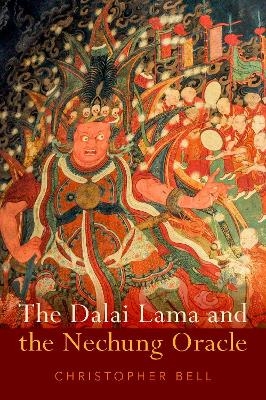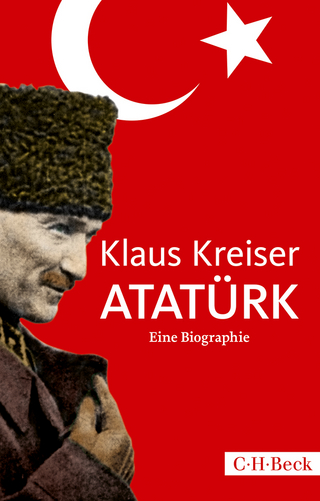
The Dalai Lama and the Nechung Oracle
Seiten
2021
Oxford University Press Inc (Verlag)
978-0-19-753335-2 (ISBN)
Oxford University Press Inc (Verlag)
978-0-19-753335-2 (ISBN)
Tibetan Buddhism and the Dalai Lama enjoy global popularity and relevance, yet the longstanding practice of oracles within the tradition is still little known and understood. The Nechung Oracle, for example, is believed to become possessed by an important god named Pehar, who speaks through the human medium to confer with the Dalai Lama on matters of state. The Dalai Lama and the Nechung Oracle is the first monograph to explore the mythologies and rituals of this god, the Buddhist monastery that houses him, and his close friendship with incarnations of the Dalai Lama over the centuries.
In the seventeenth century, during the reign of the Fifth Dalai Lama, the protector deity Pehar and his oracle at Nechung Monastery were state-sanctioned by the nascent Tibetan government, becoming the head of an expansive pantheon of worldly deities assigned to protect the newly unified country. The governments of later Dalai Lamas expanded the deity's influence, as well as their own, by establishing Pehar at monasteries and temples around Lhasa and across Tibet. Pehar's cult at Nechung Monastery came to embody the Dalai Lama's administrative control in a mutual relationship of protection and prestige, the effects of which continue to reverberate within Tibet and among the Tibetan exile community today. The friendship between these two immortals has spanned nearly five hundred years across the Tibetan plateau and beyond.
In the seventeenth century, during the reign of the Fifth Dalai Lama, the protector deity Pehar and his oracle at Nechung Monastery were state-sanctioned by the nascent Tibetan government, becoming the head of an expansive pantheon of worldly deities assigned to protect the newly unified country. The governments of later Dalai Lamas expanded the deity's influence, as well as their own, by establishing Pehar at monasteries and temples around Lhasa and across Tibet. Pehar's cult at Nechung Monastery came to embody the Dalai Lama's administrative control in a mutual relationship of protection and prestige, the effects of which continue to reverberate within Tibet and among the Tibetan exile community today. The friendship between these two immortals has spanned nearly five hundred years across the Tibetan plateau and beyond.
Christopher Bell is Associate Professor of Religious Studies at Stetson University in Florida. His research focuses on Tibetan ritual and deity cults, as well as Asian models of divinity.
Acknowledgement
Note on Tibetan Transcription
Introduction
I. Pehar and the Five King Spirits
II. The Fifth Dalai Lama's God
III. The Central Rituals
IV. The Liturgical Calendar
V. Nechung Monastery
VI. Institutional Networks
VII. The Nechung Oracle
Conclusion
Bibliography
Index
| Erscheinungsdatum | 23.03.2021 |
|---|---|
| Zusatzinfo | 18 |
| Verlagsort | New York |
| Sprache | englisch |
| Maße | 160 x 236 mm |
| Gewicht | 658 g |
| Themenwelt | Geisteswissenschaften ► Geschichte ► Regional- / Ländergeschichte |
| Geisteswissenschaften ► Religion / Theologie ► Buddhismus | |
| Sozialwissenschaften ► Ethnologie | |
| Sozialwissenschaften ► Soziologie | |
| ISBN-10 | 0-19-753335-3 / 0197533353 |
| ISBN-13 | 978-0-19-753335-2 / 9780197533352 |
| Zustand | Neuware |
| Haben Sie eine Frage zum Produkt? |
Mehr entdecken
aus dem Bereich
aus dem Bereich
Universalgelehrter, Polarreisender, Entdecker
Buch | Hardcover (2024)
mareverlag
28,00 €


